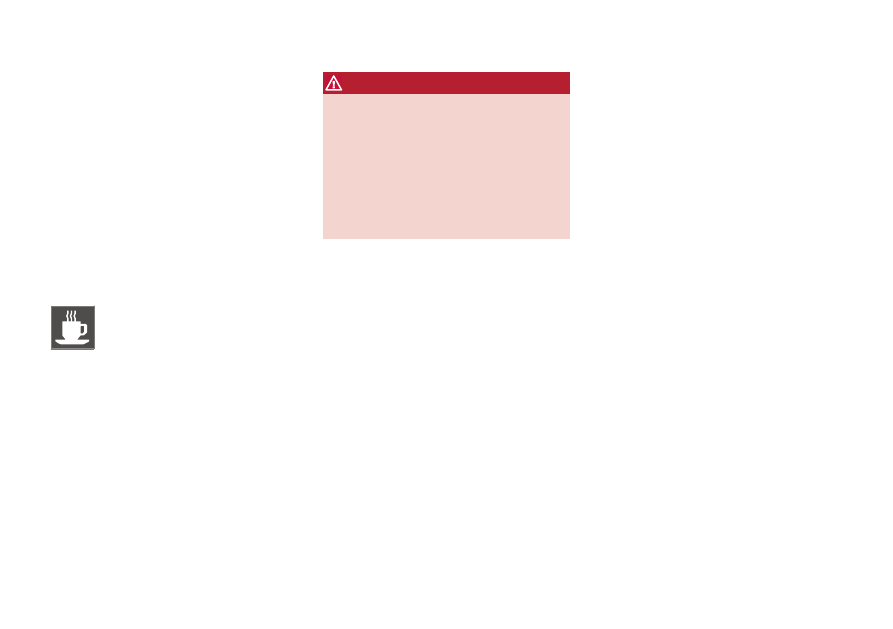Volvo S60 Cross Country (2018 year). Manual - part 14

DRIVER SUPPORT
* Option/accessory.
243
Driver Alert Control (DAC)* -
operation
Settings are made from the centre console dis-
play screen and its menu system.
On/Off
The Driver Alert function can be set in standby
mode via the menu system MY CAR (p. 109):
•
Checked box - function activated.
•
Unchecked box - the function is deactivated.
Function
Driver Alert is activated when speed exceeds
65 km/h (40 mph) and remains active as long as
the speed is above 60 km/h (37 mph).
If the vehicle is being driven erratically,
the driver is notified by an acoustic sig-
nal plus the text message
Driver Alert
Time for a break
- the linked symbol
is illuminated in the combined instrument panel
at the same time. The warning is repeated after a
time if driving ability does not improve.
The warning symbol can go off:
•
Press the left stalk switch OK button.
WARNING
An alarm from Driver Alert Control should be
taken very seriously, as a sleepy driver is often
not aware of his/her own condition.
If the alarm sounds or you feel fatigued:
•
Stop the car safely as soon as possible
and rest.
Studies have shown that it is just as danger-
ous to drive while tired as it is to drive under
the influence of alcohol or other stimulants.
Related information
•
•